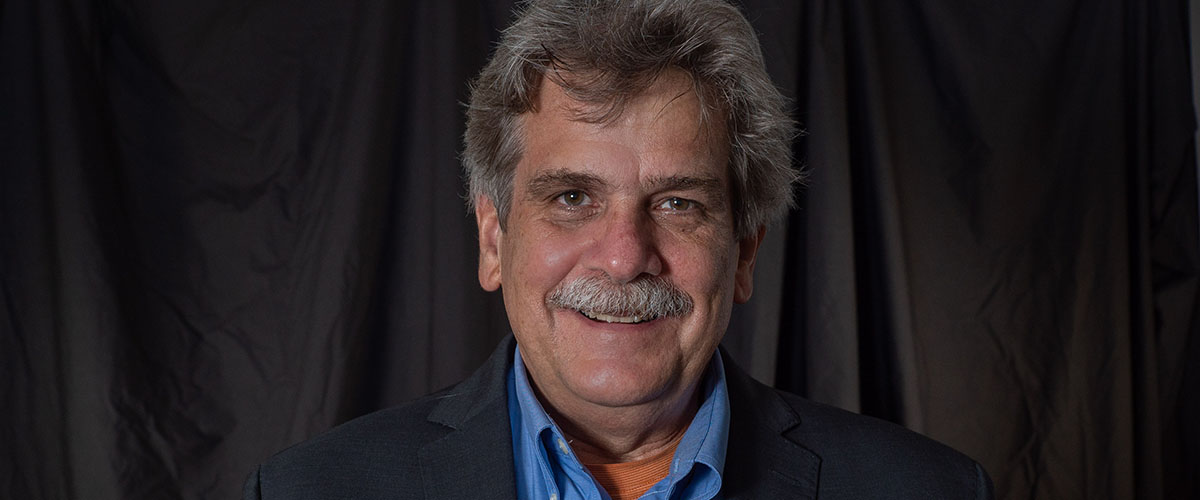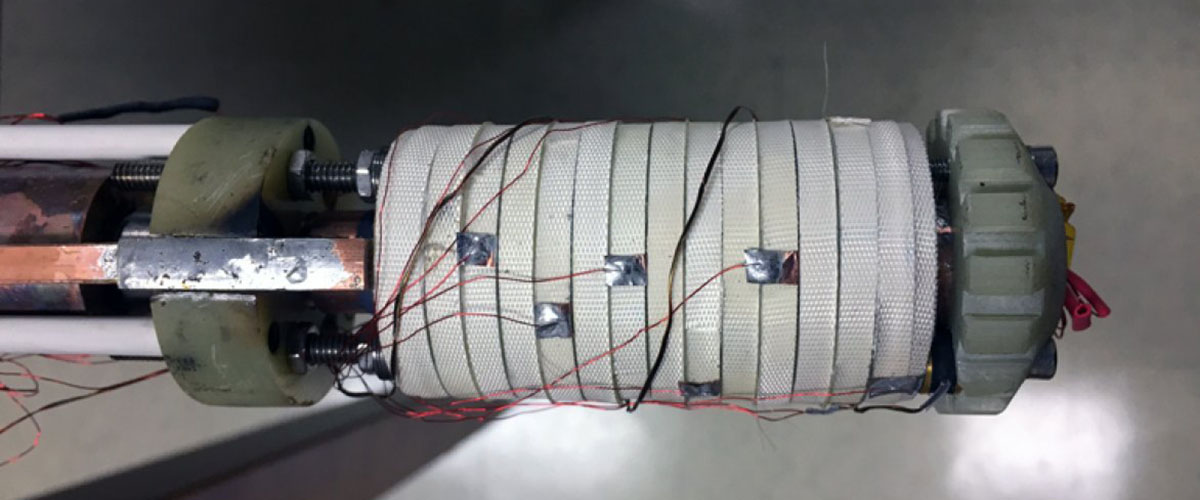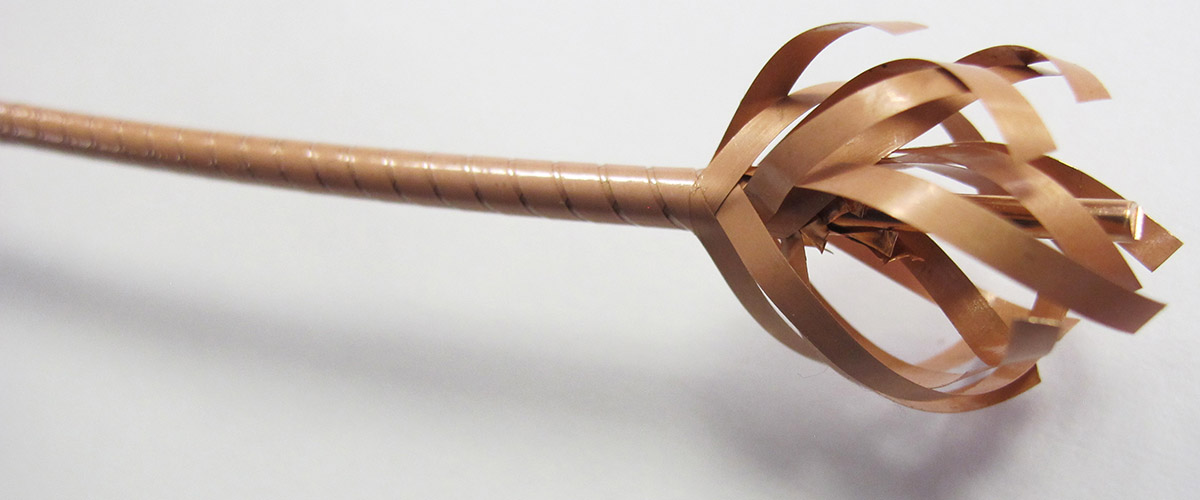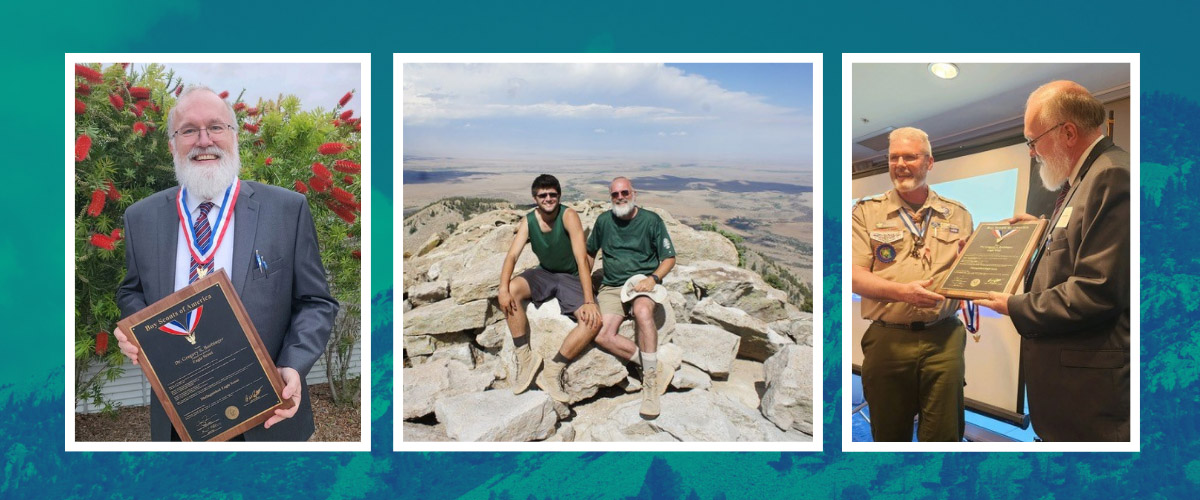Contact: Kristin Roberts
TALLAHASSEE, Fla. — Mark Meisel, deputy director of the National MagLab's High B/T Facility at the University of Florida in Gainesville, has been named the facility's new director.
A professor of physics at UF, Meisel succeeds Neil Sullivan, one of the original principal investigators of the MagLab. Sullivan, who had been at the helm of the unique facility since its roots three decades ago, will continue to work and do research at the facility.
"I couldn't do it without Neil," Meisel said of his new job. "He has so much institutional memory that goes back to square one."
Meisel, who has also been involved in the facility since its founding, has hit the ground running as director. The facility's mission, he says, will remain the same: to provide physicists from around the world a unique experimental space that combines high magnetic fields (that's the "B" in "High B/T") and low temperatures (that's the "T") for their experiments on new materials in an electromagnetically quiet environment. One of the coldest temperature reached in the High B/T Facility (a frigid 0.004 Kelvin, or -273.146 degrees Celsius) is the lowest temperature for studies of two-dimensional electron systems in a magnetic field and stunningly close to the coldest manmade temperature ever created. But Meisel has other cool plans in mind for the future of the facility.
"We're adding and expanding to be more than what we have been for the past 25 years," said Meisel, a fellow of the American Physical Society who earned his B.A., M.S., and Ph.D. degrees in physics from Northwestern University.
The facility is acquiring a new magnet that will attract a unique mix of scientists and offer new capabilities, Meisel said. The 18.8-tesla, 800 MHz superconducting magnet will serve three different groups of scientists. First, scientists from the MagLab's Advanced Magnetic Resonance Imaging and Spectroscopy Facility (AMRIS) Facility, also headquartered at UF, will use it to develop probes (tools used to insert experiments into the magnet's experiment space). Second, engineers at UF will use it to do materials synthesis in high magnetic fields. They plan to acquire a special heating system that can be used inside the magnet's 89-mm-wide experimental space to synthesize crystals and to anneal steel, then study how microscopic changes in the annealed metal affect its magnetic and structural properties. This set-up, Meisel said, will be the only one of its kind in the United States.
The third set of users on the new system would be High B/T scientists, who plan to use it to develop instrumentation for the MagLab's world-record 32-tesla all-superconducting magnet that would make it possible to run experiments in it at temperatures just a few millikelvin above absolute zero.
MagLab Director Greg Boebinger said the changing of the guard is a perfect opportunity to try bold, new ideas.
"Mark has played a key role in the High B/T Facility since its birth, so I expect the transition to his leadership will be seamless." Boebinger said. "Mark has an eye for developing productive scientific partnerships and is already advancing creative ideas to further increase the scientific impact of High B/T research at the MagLab."
Meisel, as the facility's new director, is also excited to drive forward the frontiers of high-field research.
"Humans by their nature are explorers, and when we stop exploring, then our civilization is in trouble," Meisel said. As long as we keep searching, he added, "history tells us we will make discoveries we didn't expect."
Story by Kristen Coyne






